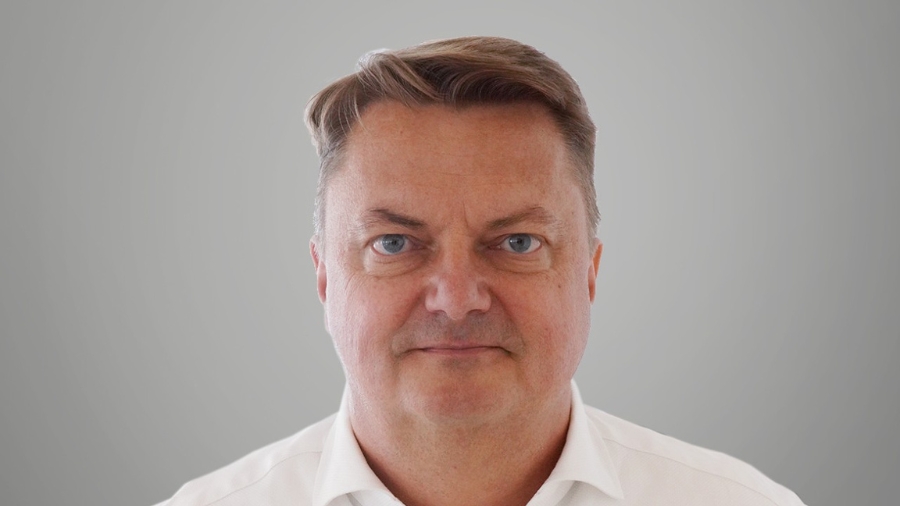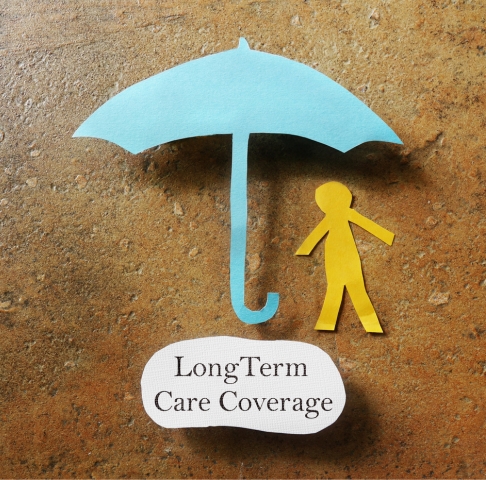In the finale of a three-part collaboration series between Singlife and CNA938’s Dollars and Sense radio show, Kim Rosenkilde, Group Chief Investment Officer at Singlife, covered the topic Investing in a Turbulent Climate: Is Now the Best Time?. He answered the hot questions on investors’ minds: Should I invest my hard-earned money when the markets are so volatile or should I wait? Is it important to time the market, i.e. decide whether to buy or sell based on predictions about future market price movements? Or is it more critical to focus on the amount of time spent in the market?
Here’s a recap of the interview:
Understanding the Existing Investment Climate
CNA938: There’s so much volatility – the markets, the global economic uncertainty and on top of that, there are geopolitical factors at play. All of this isn’t helping inflation. How would you describe the current climate for investing?
Kim Rosenkilde (KR): Having been in the industry for a long time, I’d say timing the market is something you should never rely on. You’ll never get it right both from a statistical and probability point of view and it’s not the way to look at investment. The way you should look at it is to ask: what are you investing for?
Here at Singlife, we look after policyholders’ money and we know approximately when they need it. Hence, we invest according to when they’ll need the money, and we try to assess the risks in that perspective of time. Timing is one of those things that insurers can look at, but everybody else should stay away from it.
CNA938: Given the current economic and geopolitical situation and climate, is there anything that may favour or not favour investing right now?
KR: There are many things going on at the same time, but probably one of the most important facts is that for the past 10 years, central banks across the world have been very accommodating. They have lent us money at a very low price. There was a very accommodating policy and money was very cheap. We now see that’s coming to an end and the private sector has to take over. This means the price of money is going to go up.
At the same time, and this was before the geopolitical situation, we already saw significant inflationary pressure. It’s become even stronger following recent events in Ukraine, because there’s a lot of pressure of resource prices, logistics, labour force, and so on. So, we’re in a tough spot right now. We don’t have the central bank to accommodate us the same way they did. Some might even argue that there’s a bit of credibility issue with the central banks especially in the US where they’re accused of reacting too slowly to some of the signals about inflation. So, we’re in a conundrum right now. We have some history on what happens where there is high inflation. In the 1980s, US central bank governor Paul Volcker aggressively raised interest rates to combat inflation and was successful. And of course, what happens in the US markets will also have an impact on Singapore.
Timing the Market vs. Time in the Market
CNA938: Going back to what you said about timing earlier – timing the market versus time in the market. Help us to understand that difference and what approach would you suggest?
KR: Timing is a question of entry point. Should I buy now? Should I buy in two weeks’ time? What are the factors at play that’ll make whatever I’m looking at either cheaper or more expensive? This is where it becomes a guessing game. You have to stick with “Why am I investing?”. Do I have a child who has to go for further studies 15 years from now, so I need to accumulate wealth in order to pay for that? Am I thinking about retiring? And so on. I strongly advise you to look at the market price and ask yourself if it will facilitate why you’re investing. If it will, then that’s your timing. That’s your entry point.
Right now, we’re combating inflation; inflation rate is at 4.3% in Singapore today. There are very few investments out there that will guarantee that kind of returns. So, you’re fighting against something that says, “My money will be worth less next year because I can only maybe buy bonds at 2% (interest rate) and I pay 4.3% inflation”.
So, how do you time these things? Do you then put your money in the bank at very low interest rates? That’s still eroding your wealth, so you have to take some risks to make up for that, but you have to be comfortable with the assets you’re buying rather than the time of buying.
Time in market is a good expression that is the equivalent to “What do I need my money for?” and “When do I need it?”. So, it really is about why you are investing.
Understanding the Investment Threshold
CNA938: Will the threshold be different for different investors?
KR: Yes. As a life insurer, for instance, we have very good data on how long people live so we know when we need to have money ready to pay our life insurance policies. Therefore, we look at very long-term investment prospects for an asset. If you are due to buy a house in two years’ time, then you’ll look to see what insurance you can get in two years. At the same time, you also need the money in two years so you’re not willing to take too much risk or you can’t buy your house. So again, everyone has a different reason for being in the market which means the entry points or timing will vary from investor to investor.
Where Should I Invest My Money During Turbulent Times?
CNA938: What strategy would you recommend, especially given the current volatile and uncertain situation. Go for lower-risk options, perhaps?
KR: This is where it gets complicated. If you take a low-risk option such as putting your money in the bank then you’re fighting against a very high inflation rate. Your money will get lesser each year, so you have to take some risk.
We try and invest where other people are investing and there’s a certainty of an investment over, say, the next five to 10 years. We know for instance, that in Southeast Asia, there will be an enormous investment need when it comes to sustainable energy sources and ESG (environmental, social and governance) investments. It’s about $2.3 trillion needed in Southeast Asia for the next five to six years at minimum. You could then argue that it gives you some comfort to know that with all those investment needs, it’s probably a safe environment to invest in.
We try to think about where the trends will be in the next five to 10 years and we assume that everybody will follow those trends as well. That gives us some certainty that volatility in those investments will be to our liking.
CNA938: It is a very volatile market across all assets. Some people say it’s so difficult to decide, and maybe they’ll just stick all their money under their mattress for the time being (laughs).
KR: The problem with that is, if you do that for a year, then you’ve lost 4% because of inflation. It’s possibly the worst thing to do yet I’m not suggesting you spend the money. Volatility can also give you lots of opportunities. If you look back 30 to 50 years ago, whenever we have high volatility, it normally means something good happening afterwards. But again, that’s normally in an environment where central banks give us free money and this option may not be available anymore.
Many people may be hoping for a magic answer but there isn’t one. What I can say is that we’re now in a unique situation. Many investors have never really experienced an inflationary era and that’s going to make a very big difference. That’s also why also central banks will do almost everything they can to combat inflation. Inflation can destroy society and it makes it difficult for companies to make investments and predictions. It also often leads to high unemployment at the same time. (Find out how Singaporeans combat inflation and reach their financial goals.)
Kim Rosenkilde's Investing Dos & Don'ts
- DO Cut out the noise and focus on why you’re investing.
- DON’T Let your emotions get in the way of rational decision-making.
- DO Know your risk appetite and find an investment you’re comfortable with."


The Dos and Don'ts When It Comes to Investing
CNA938: What are the dos and don’ts when it comes to investing?
KR: I always tell the people working in our investment office that they should never listen to what is said on television or in the press about the market. In other words, the first piece of advice is to never listen to someone like me (laughs).
Seriously speaking, when there is so much volatility in markets, there is often a lot of noise and many people will voice their opinions. You have to stick with why you are investing and what for. That will always reward you. When you try and be smarter than everyone else in the market, it’s very rare that you win. So cut out the noise and think about what you’re investing for.
We all have different risk tolerance levels and that plays an important role in all of this. It should not be an emotional decision but a rational one – determine how much risk you can live with and based on that, find an investment that makes you comfortable.
There are very few free dollars in this world; you’ve got to work for them and stay true with what your investment policy is. So, it’s very important to think about “Why am I investing”, and the rest will come.








